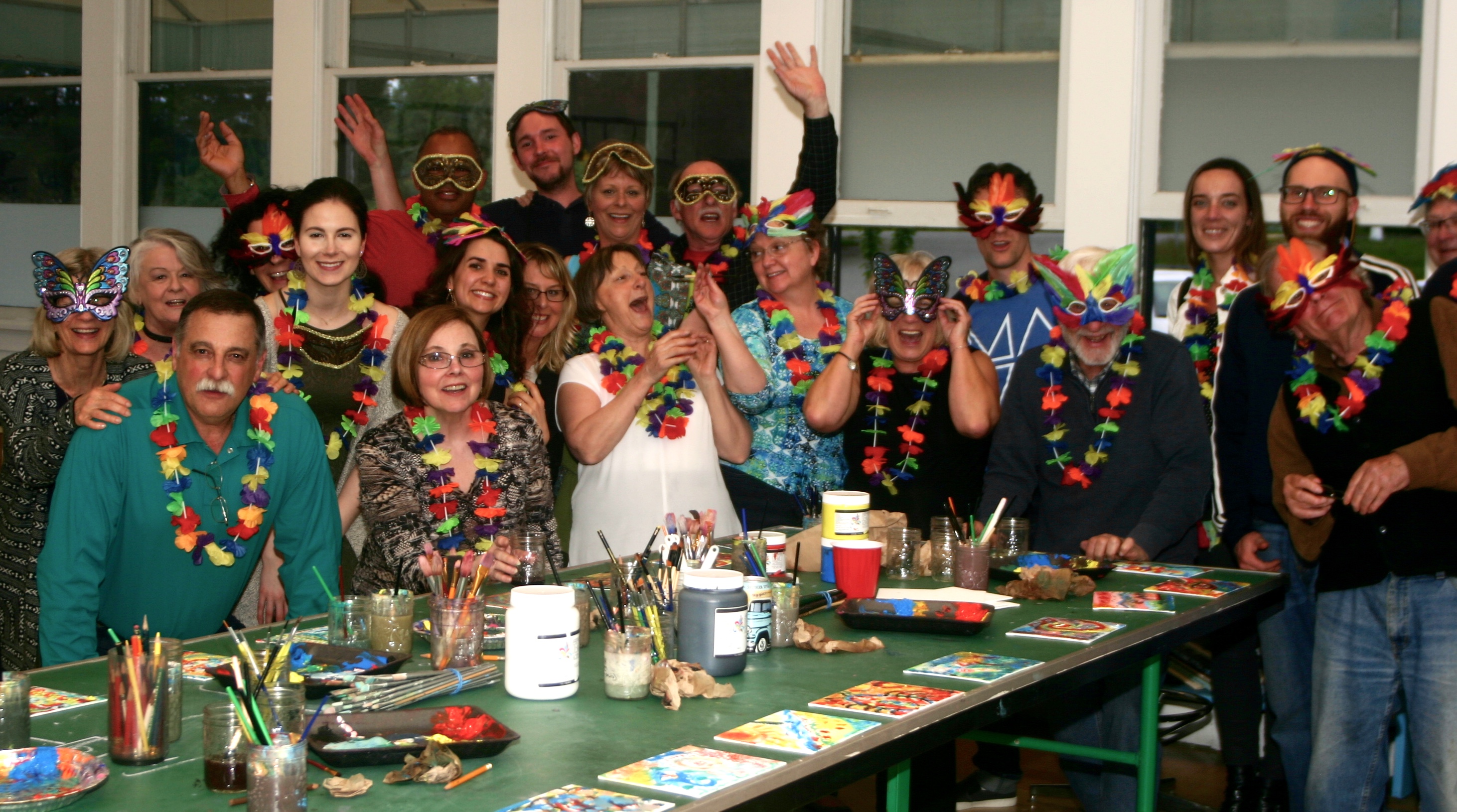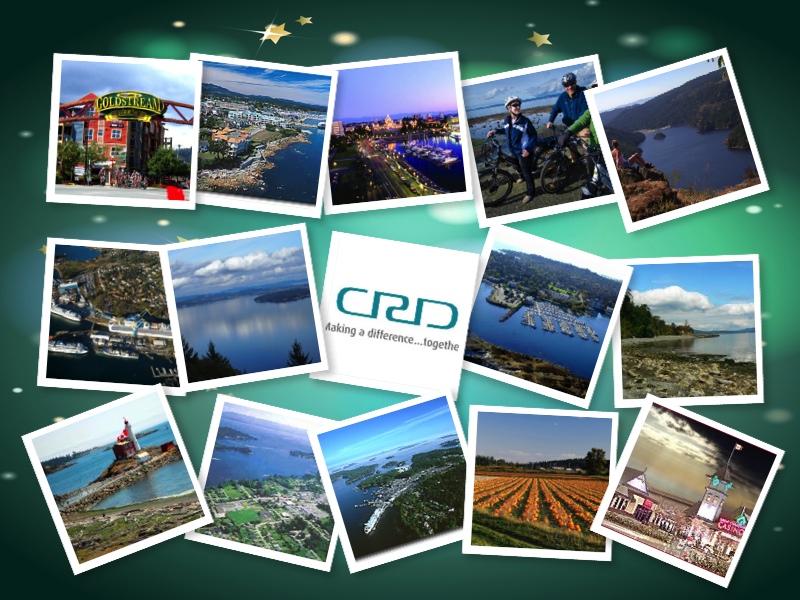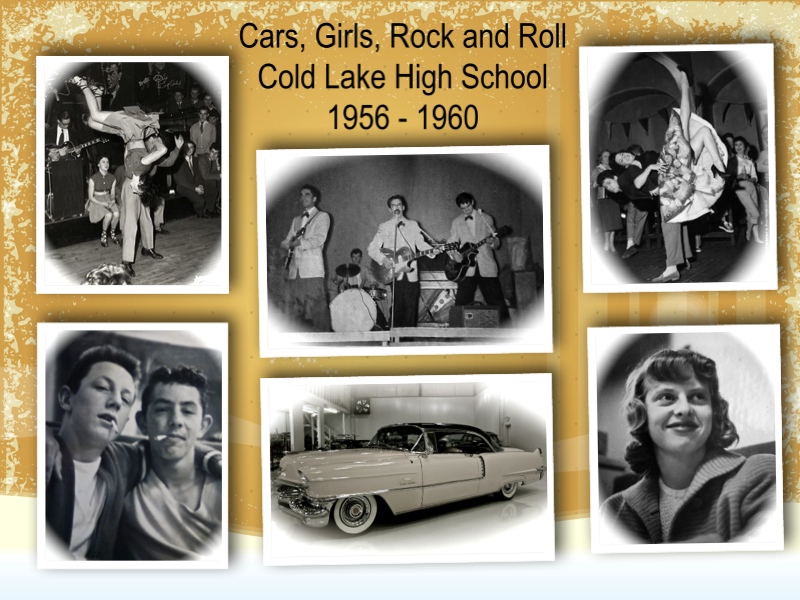Author Archive
Climate Change: Ground Zero
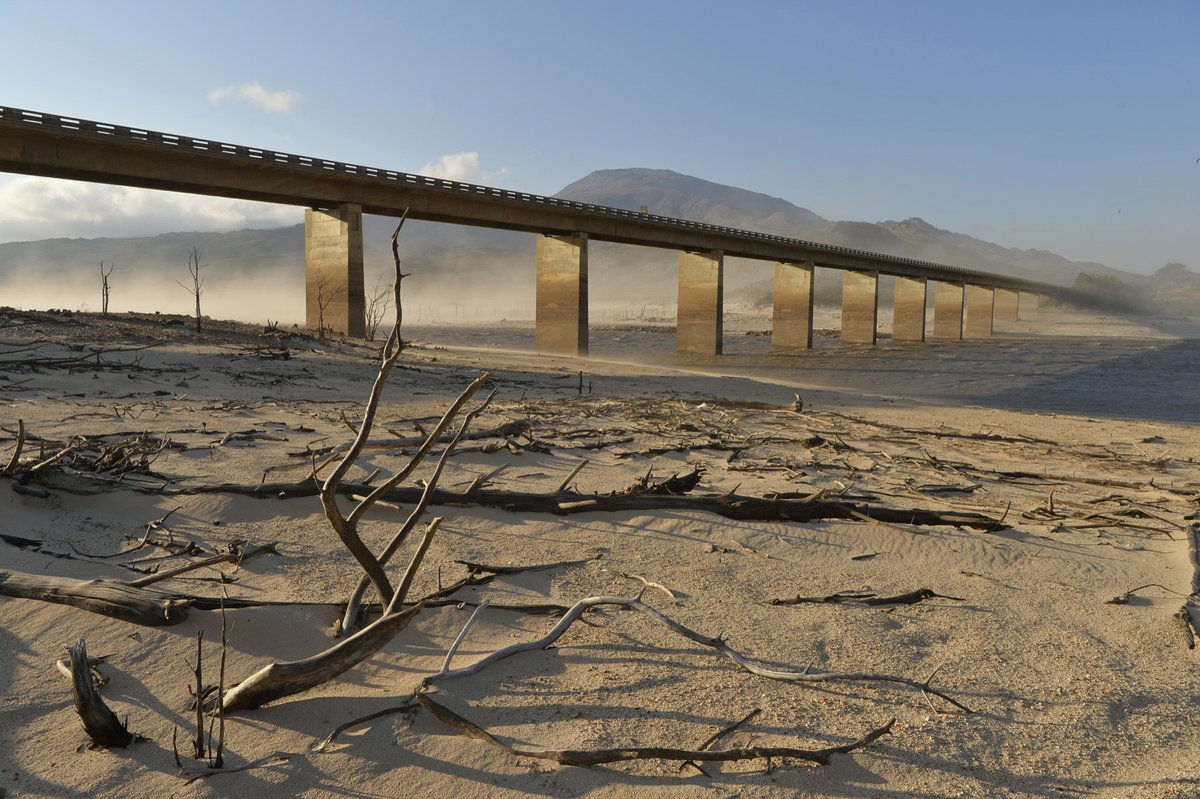
Climate Change, Ground Zero: April 21, 2018
The day the taps will be turned off in Cape Town, South Africa.
(Photo album of Cape Town)
(Jan 28, 131)
As we arrive in Cape Town, South Africa, a Metropolitan area of 3.7 million, a large sign at our airport advised the city was experiencing a severe drought and while the sign urged us to 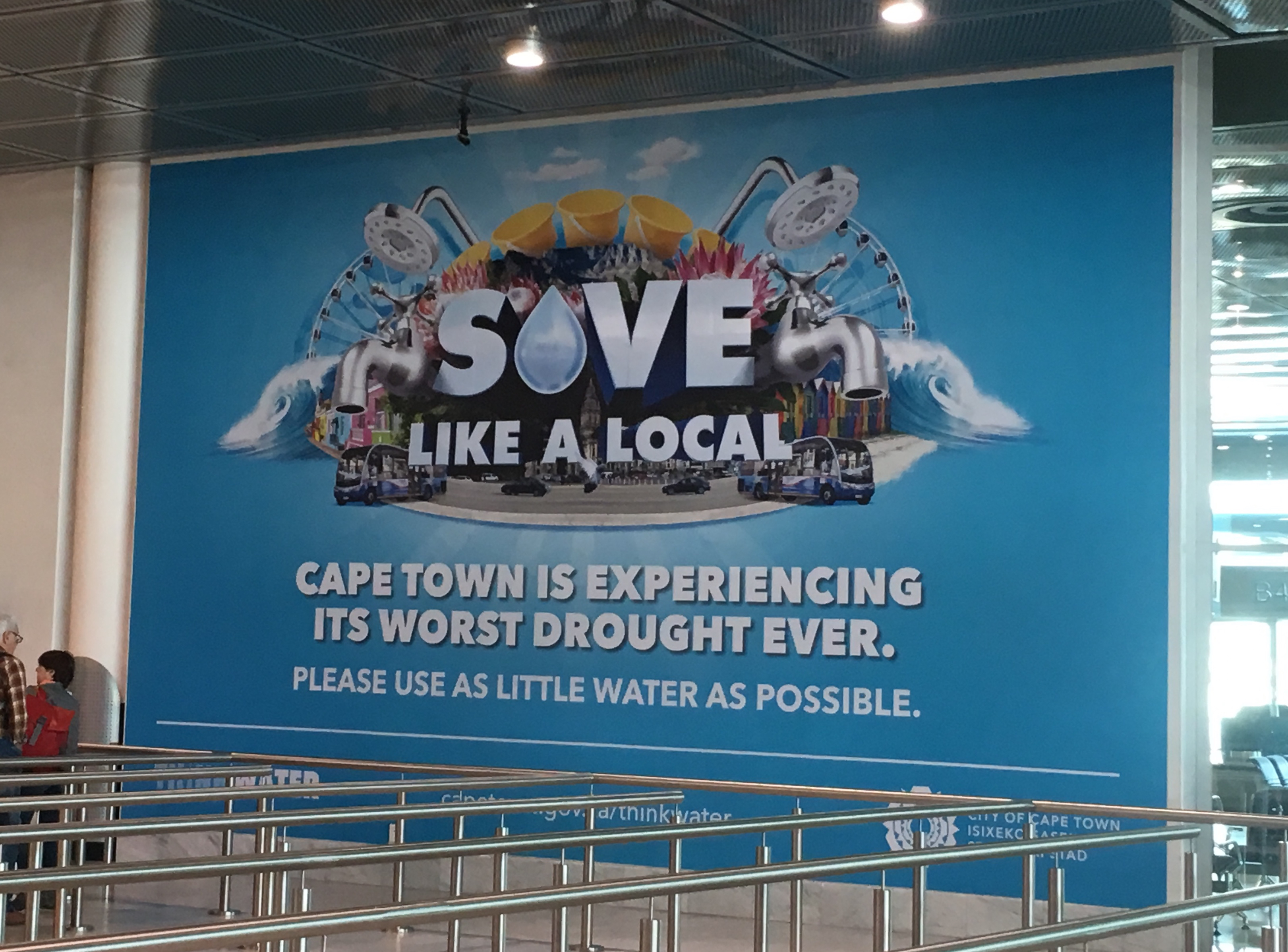 conserve, the welcoming nature of the sign did not impart the notion of just how critical the situation had become.
conserve, the welcoming nature of the sign did not impart the notion of just how critical the situation had become.
Photo: This was the sign. Perhaps a photo of the Cape Reservoir (above), along with a hard message might have had more impact of just how critical things are now, not years from now.
(465)
Index to Biographies
This index will be completed in January 2018. Here are the first five which includes a short history for Laura Isabel Skarsen (McNeill)(Wheeler).
Laura Isabel Wheeler (McNeill)(Skarsen): A Snapshot Biography of her life:
Link to Part 1 A New Beginning
Link to part 2 The Early Years
Link to Part 3 The Young Woman
Link to Part 4 A New Beginning
Link to Part 5 The Final Chapter
(163)
Happy 70th Linda Simonsen
A Favourite Painting of Linda
A very happy birthday to our longtime friend Linda Simonsen as she now joins those of us who now occupy that amazing seventh decade of our lives. It is a time to reflect upon all the good times we have shared with those who have been near and dear to us over the past several decades. (A Video Link is provided in the footer)
To provide a little perspective on how things have changed since Linda landed at her parents home in 1947, have a peek at the cost of a few key items as well as a few of the major events that took place in Canada in that year.
Average Cost of new home, $6,600.00
Average wage per year, $2,850.00
Cost of a gallon of gas, 15 cents
Average cost of a new car, $1,300.00
A loaf of Bread, 13 cents
A Man’s Sweater, $8.50
Bulova Watch, $52.50
Two cans of Heinz Cream of Tomato Soup, 23 cents
Leg O Lamb, 59 cents/pound
Loaf Marvel Enriched Bread, 13 cents
Dozen Oranges, 49 cents
And a few events that made the news in that same year.
January 1 – Canadian Citizenship Act 1946 comes into effect.
January 2 – Dominion of Newfoundland (later a province in 1949) switches to driving on the right from the left.
January 27 – The cabinet order deporting Japanese-Canadians to Japan is repealed after widespread protests.
February 13 – Oil is discovered near Leduc, Alberta.
May 14 – The Chinese Immigration Act of 1923 is repealed.
June 15 – The laws limiting Asian immigration to Canada are repealed; Canadians of Asian descent are allowed to vote in federal elections.
July 22 – Two new nuclear reactors go online at the Chalk River research facility.
September 30 – The last group of personnel who had been on active service, for World War II, since September 1, 1939, stood down.[1]
October 1 – New letters patent defining the office and powers of the governor general come into effect.
December 29 – Boss Johnson becomes premier of British Columbia.
Stephen Leacock Award: Harry L. Symons, Ojibway Melody.
The Federal law was changed such that Canadian women no longer lost their citizenship automatically if they married non-Canadians.
Now, sit back, take a few minutes to listen and watch as a few snippets of Linda’s life flow by as Joan Baez sings Forever Young, Louis Armstrong, What a Wonderful World, and Randy Newman, You’ve Got a Friend in Me.
(214)
Intervention, the key to fighting crime
This post is created from an interview with RCMP Assistant Commissioner James Malizia (file photo above) as published in the National Post (front page) June 7, 2017. (Link here).
The following National Post article is only modified by replacing the word terror with the word crime.
Making this simple change leads to an entirely different perspective in the article. To my mind, it suggests everything the Assistant Commissioner had to say about terror serves only the interests of the RCMP and other security agencies and not the interests of the general public. It’s a means to build the budget to build the agency.
As background, in 2015 (the most recent year readily accessible when this article was written) there were over 380,00o violent criminal acts in which 605 people were murdered, with attempts being made to murder a further 774. Over 200,000 reported aggravated sexual assaults (this does not include other aggravated assaults), with 22,000 reports of robbery and 3,500 reports of abduction.
When these real-life criminal cases, which present a clear and present danger to Canadians, is cast against the almost negligible possibility of a terrorist act, it makes it seem as if the Assistant Commissioner has no concept of how trivial his suggestions are. Why not early intervention (with youth) when it involves the potential of becoming a criminal?
Statistical Source: Canadian Criminal Crime Statistics 2015
Asst/Commissioner Malizia on Early Intervention being the key:
(1255)
Lynn McNeill’s Sixty-Fifth Birthday Bash
May 19, 2017: Party goers celebrate after spending an hour in the Art Room at the McTavish Academy after completing a group art session with Harry Fowler, the Director of Art.
A rocking good time was had at Lynn’s 65th held at the McTavish Academy of Art on McTavish Road in North Saanich. While Lynn probably expected a little something for the special day, an earlier lunch at the Prairie Inn with a half dozen former police buddies and their wives, likely threw her off a tad. To complicate things for Lynn, the Academy event everyone wore a New Orleans style as part of the evening’s festivities.
It was an evening theme party with a twist as we kicked things off with a Yoga session led by Kinetic Kaeli Rose, (photo right) Director of Yoga and Mindfulness at the Academy as it’s always good for the old timers to work out a few kinks before heading into the hard work. (Photo Left)
Academy as it’s always good for the old timers to work out a few kinks before heading into the hard work. (Photo Left)
Following Yoga and a quick drink (water of course), we were led to the Art Studio (above photo) where resident artist extraordinaire, Harry Fowler, led the group through an oil painting session during which everyone rotated around the table as they worked on each canvas. Some very fine works of art were created in the one hour period we were allowed by Harry.
After returning to the main Gallery and again topping off our drinks, our inspirational D.J. Lucas J Copplestone, really got things rolling with a selection 60’s, 70’s and 80’s music to which Lynn, her sister Deborah Davis and Gail Austin, set some new standards in interpretive dance. Alysha Yakimishyn and Rachel Penny continued by leading a line dance to Country and Western hit, “She Thinks my Tractor’s Sexy.” (which Lucas kindly dedicated to Harold).
In order to further heat things up, Alan R Copplestone (A Ringo Starr style drummer) and David Halliwell (also a talented young man) kicked off with the Beatles tune, “When I’m Sixty-Four” (words in the footer) that was re-written by David as Sixty-Five along with several other revisions.
A Flash Mob group made up of Alysha Yakimishyn, Sean McNeill, Lucas J Copplestone, Rachel Penny, Emma Tarbush, Deborah Davis, and Harold McNeill, then joined in. The entire group then joined in and continued with Mustang Sally and a few other classics to let the neighbours know we meant business.
David then sang a touching Irish solo (he had written some years back), “Never Hurry” to the birthday girl. This was followed by Lynn’s niece, Emma, singing and playing the folk song, Motherland, by Natalie Merchant. During the song, Lexi, the little dear, insisted on becoming part of the performance.
Before heading back to the dance floor, Sean McNeill and Bjorn and Linda Simonsen) managed to light all 65 candles on the cake then present it to Lynn without setting off the Academy’s fire alarms. The group then rocked away another hour or so before all heading off to bed before the bewitching hour.
Thank you to everyone who helped to ring in a new era for Lynn. I didn’t manage to catch photos of everyone, but I know others were taking photos and videos that will be linked or added later.
For those who didn’t catch the words to “When I’m 64”, here is the Lynn McNeill Birthday Party version:
VERSE I (Begin)
When I get older losing my hair, Many years from now? Will you still be sending me a Valentine,
Birthday greetings bottle of wine
If I’d been out till quarter to three, would you still let me drive? Will you still need me, will you still feed me,
When I’m sixty-five.
Chorus
ahhhHm ahhHm…..
VERSE 2
I could be handy, mending a fuse, When your lights have gone
You can knit a sweater by the fireside
Sunday mornings go for a ride,
Doing the garden, digging the weeds,
Sweeping up the drive
Will you still need me, will you still feed me? When I’m sixty-five
2nd Chorus
Every summer we can rent a cottage,
In the Isle of Wight, if it’s not too dear. We shall scrimp and save. Ah, Grandchildren on your knee, Grayson, Audrey and yet to be
Aaahummm…a few times then verse three
VERSE 3
Send me a postcard, drop me a line, Stating point of view. Indicate precisely what you mean to say. Yours sincerely, wasting away
Give me your answer, fill in a form, Tell me you’ll be mine. Will you still need me, will you still feed me? When I’m sixty-five
Does that not sound exactly like Lynn we have all come to love?
(449)
Sewage Treatment: Fiction and Fact
Collage (L to R): (T) From various web sources. Langford, Sidney, Victoria, Saanich, Highlands,
(C) Esquimalt, (Malahat), (CRD) Oak Bay, Metchosin,
(B) Colwood, Sooke, North Saanich, Central Saanich, View Royal
The reason for linking the following comments to the issues swirling around amalgamation is that dealing with sewage treatment is frequently pointed to as being one more reason amalgamation would save us from all manner of problem. Of course, that is not true, but there is no dissuading those who think amalgamation is the answer to every problem. Previous posts on the topic of amalgamation are provided in the footer. (This post opened to public on March 25, 2017).
March 16, 2017: The following comments were posted by Mr. Gilbert on an open Facebook page that deals with Local Government Issues in the Capital Regional District of Southern Vancouver Island. Link to the Original Post and Comments Thanks Bryan for taking the time to provide further insight on this topic.
Bryan Gilbert:
Recently I listened to some friends talking about sewage treatment and I felt very sad to hear how uninformed they were. I don’t blame them because the media has been very one-sided on this issue. Here are ten common misunderstandings about sewage treatment with facts that are verifiable. If you can’t find the source then ask. I offer the following to inform and encourage people to check the back story before believing what we have been told:
(255)
Understanding Trump: An Historical Perspective
NetFlix Documentary Review: The Untold History of the United States
As with many, I am (or a least was) perplexed by how the United States managed to elect a President that, in almost every way, is the polar opposite of his predecessor, Barack Obama. After reading dozens of news articles linked by various FB friends, as well as having rooted out others from various sources, I was no further ahead. Heck, no one came close to understanding how the man managed to become President.
Almost all sought to explain the troubling aspects of Donald Trump’s ascent to power, in terms of his personality and the cult surrounding him. Of course, the same explanations, from the flip side of the coin, could be applied to Barack Obama. However, none of the explanations took into account the historical aspects of America’s ascent to world domination, both militarily and economically, over the middle part of the last century (1940 – 1960). It was a time when politics flowed out much as it has over the past two decades, with the Obama Presidency being the most peaceful interlude in decades of US hegemony.
(384)
Our Schools are Failing Us
Photos (family files as well as from a High School buddy, Guy Venne). Yes, that’s me in the lower right (left) with another buddy, Aaron Pinsky. Aaron’s dad’s Caddy, in which we spend many a lost night, and on the right one of our girlfriends, Dorothy Hartman. The photo centre top is three more High School buddies performing at one of the school 50’s dances that became so popular.
Are Schools Really Failing?
Never a week goes without some FB post, newspaper article or TV program lamenting the abysmal state of our education system. These discussions often spike when teachers threaten to strike, or a ‘think tank’ such as the Fraser Institute disparages public schools when comparing them to their private school counterparts, or when the government implements some policy mandating an action that is not pleasing to all.
Others rail about a lack of discipline among students or point to cell phones and texting as destroying the ability of our youth to socialize. Many suggest kids today are mollycoddled to the point of graduating without having achieved the slightest degree of competency in “reading, writing, and arithmetic.” If only, they suggest, we could get back to basics as was present in an earlier age (presumably their age).
Then, I happened upon an English Literature textbook written in 1974, in which one essay clearly articulated the criticisms being levied against students and the system “back in the day”. Some may recognize the problems as first witnessed in our misspent youth at the Cold Lake High School. The article was first published in the early 1950’s, a time when I was just entering Junior High.
(The essay was copied from the book as an online link could not be located).
Cheers,
Harold
Let’s Take Bubble Gum Out of the Schools
(399)



